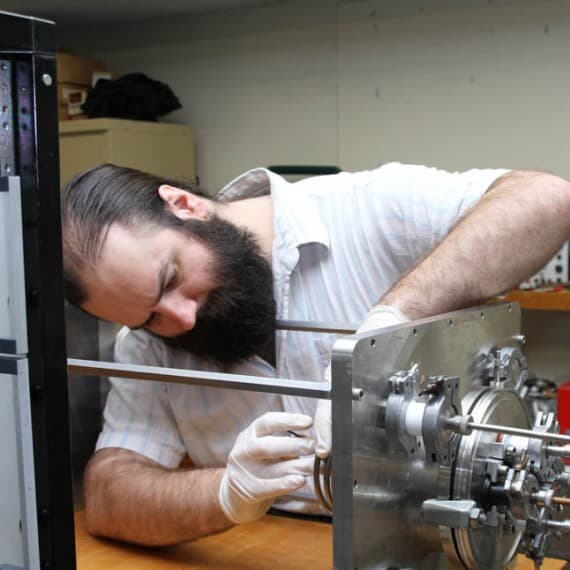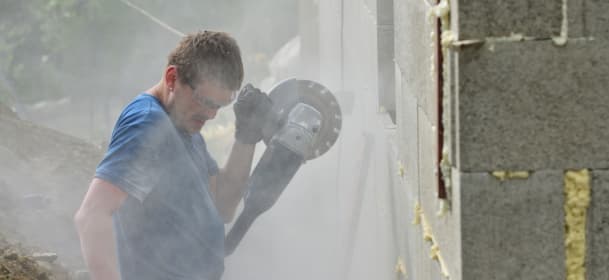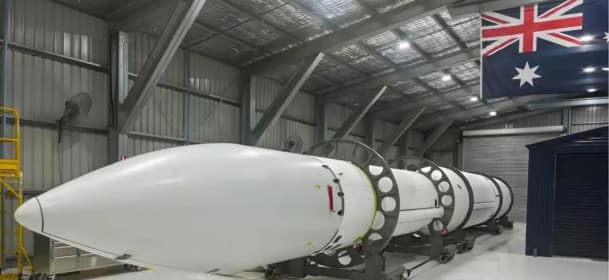SPACE JUNK FINDS NEW LIFE AS SPACE FUEL

A rocket that fuels itself by eating space junk is being prepared for its first space mission.
The Neumann Drive was developed by South Australian-based startup Neumann Space and feeds on a variety metals to power itself over long distances.
The rocket has been identified for its potential to remove fragmented rocket parts, defunct spacecraft and other space junk adrift in space.
It is joining an Airbus mission to the International Space Station (ISS) in 2019 to test its real-world capabilities and collect data. The rocket will be tethered to the ISS for the year-long trial before a free-flight model is tested.
Neumann Space Founder and CTO Patrick Neumann said floating space junk was an increasingly serious issue that put many satellites and space missions at risk.
“There is an incentive for people to go up there and grab the junk and move it away from the useful orbits where they are a hazard because they are getting cluttered,” he said.
“The system is useful for different things – one option is a tugboat or tow-truck device that can go around and focus on cleaning up junk, which means people who own defunct satellites have a lot less risk of hitting an active one.
“Another option is using the system’s short, sharp thrusts of power to keep stations and satellites doing their thing and staying in orbit.”
The drive works similar to an arc welder and that creates thrust by eroding material at the tip of a metal cathode.
Once its material gets evaporated and ionised it is “spat down range” causing a pulsating thrust and propelling the rocket forward, similar to the way a bullet leaves the barrel of a gun.
Researchers have found that magnesium is the optimal fuel source but materials such as tungsten, chromium and carbon have also been successfully trialled.
Neumann said his research group was still working on developing a way to capture and reprocess space debris into a usable resource for the rocket when it is tested in space.
“A lot of the metals we are using already have aerospace applications and a lot of the structural parts of the (space) junk are made out of those metals,” he said.
“As long as it’s a solid and conductive we can probably use it as fuel.”
According to the European Space Agency (ESA) there are about 18,000 large objects in orbit and more than 90 per cent of them are space junk caused by more than 250 spacecraft explosions. There are also millions of smaller debris floating in space, which are too small for radars to track.
A collision with a piece of material only a few millimetres in size is enough to alter a satellite’s orbit and offset its orientation.
This was evident when a small space article hit the solar panel on the Copernicus Sentinel-1A satellite late last year, which resulted in a small power reduction.
According to the ESA, if the particle had been much bigger the repercussions would have been far more severe.
The Neumann Drive can produce thrust at more than 10,000 seconds for 1lb of thrust when magnesium is used as fuel. This is significantly better than gridded iron thrusters, which max out at about 3500 seconds.
Neumann said its efficiency record made it powerful enough to send a mission from earth’s lower orbit to the lower Mars orbit and back without needing to refuel.





